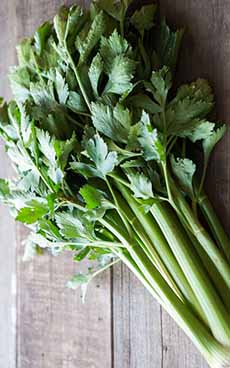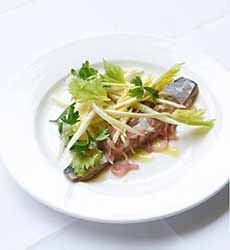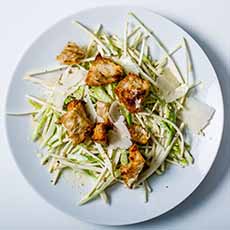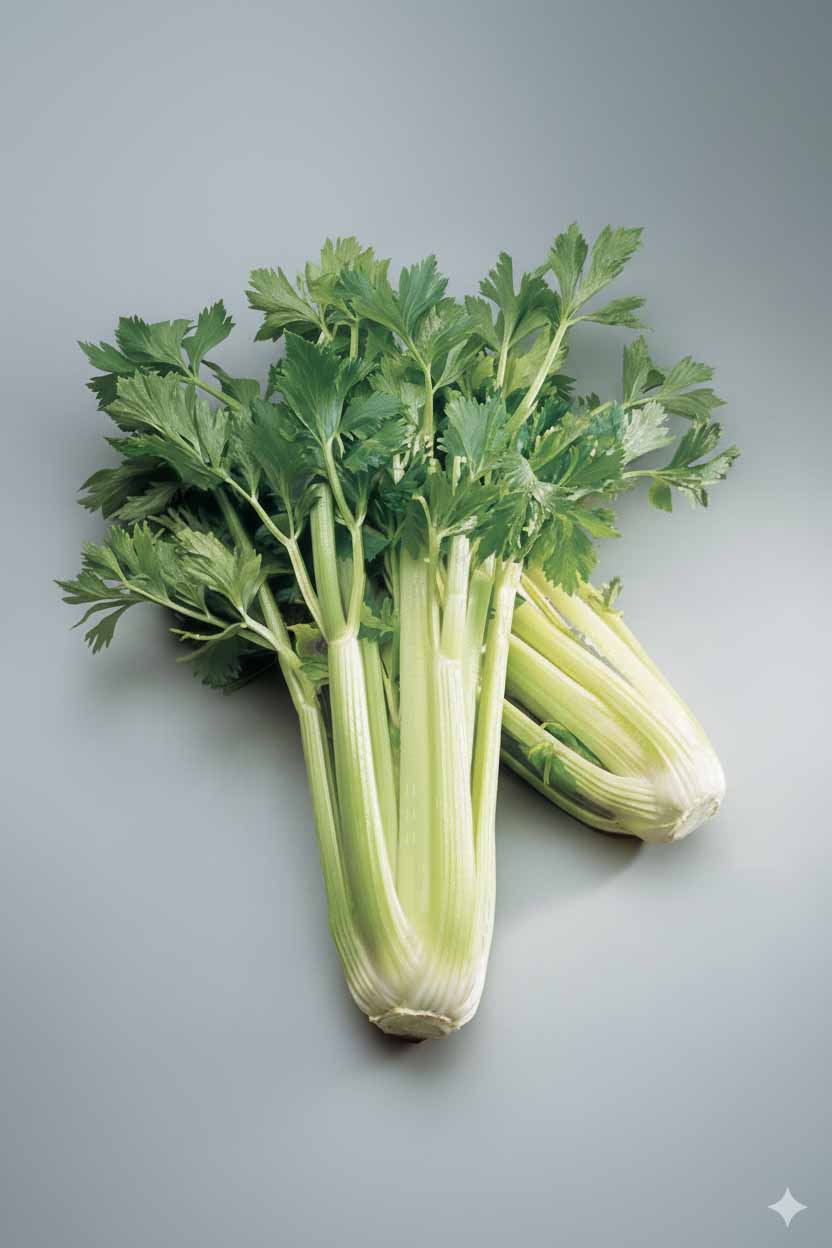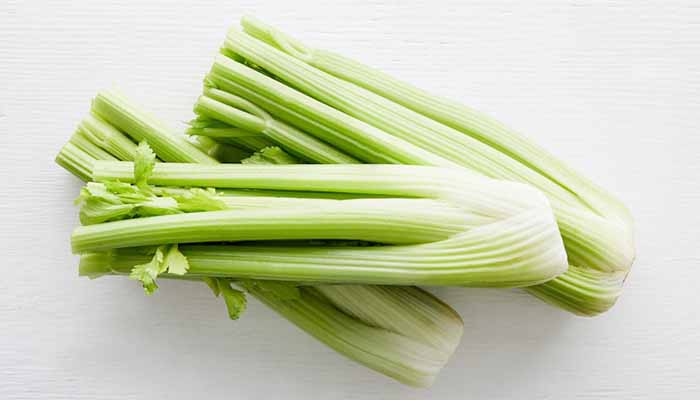TIP OF THE DAY: Ways To Use Celery & The Celery Holidays
|
|
March is National Celery Month and April is National Fresh Celery Month. Below: > The two types of stalk celery. > The year’s 7 celery holidays. When you think of celery—most of us don’t spend much time on it—you likely think of “the usual”: FOOD TRIVIA: The whole head of celery is also called a bunch or a stalk. The individual pieces are called ribs, although there is confusion with some professionals referring to the individual ribs as stalks. Celery is a marshland plant that has been cultivated as a vegetable since antiquity. Believed to have originated in the Mediterranean basin, it has a long fibrous stalk that tapers into leaves. Ancient literature documents that celery, or a similar plant, was cultivated for medicinal purposes before 850 B.C.E. Woven garlands of wild celery have been found in early Egyptian tombs. Celery is a member of the Apiaceae family, commonly known as the celery, carrot or parsley family. Common celery is Apium graveolens. In ancient times, Ayurvedic physicians used celery seed to treat quite a few conditions: arthritis, colds, digestion, flu, liver and spleen ailments, even water retention. Celery was considered a holy plant in classical Greece, and was used to crown the winners of the Nemean Games, similar to the use of bay leaf crown at the Olympic Games. The Romans valued celery more for cooking than for religion. Early stalk celery often produced hollow stalks. The plant was bred over many centuries, and by the 17th century, Italian farmers had created a variety with solid stalks that we know today. Breeding also eliminated the plant’s natural bitterness and strong flavors. There are two types of stalk celery varieties: self-blanching or yellow (photo #4), and green or Pascal celery (photo #7), the type typically found in the U.S. Blanching is the process of covering the growing celery stalks to reduce bitterness and lighten the stalk color to a pale yellow-green. Blanching also produces a sweeter celery stalk. Thus, golden celery is called “self-blanching” because it naturally produces pale, cream-colored stalks without the need for covering the head with earth (“earthing up”), which is typically required for other varieties to achieve a pale stalk and less bitter taste. Plus, it’s easier to grow, especially in smaller gardens. In Europe and the rest of the world, self-blanching varieties are preferred. In North America, green Pascal stalk celery is preferred. It is grown in a wide variety of zones, ships well, can be stored for weeks under cold conditions, and stands straight. The seeds provide a valuable essential oil that is used in the perfume industry. Is celeriac related to celery? Yes: very closely! Celeriac, a knobby root vegetable also known as celery root, is a sibling of stalk celery: Apium graveolens var. rapaceum. While it’s found at French restaurants and other fine restaurants in the U.S., it hasn’t caught on in a big way. Celeriac is very popular in Europe, where it is eaten cooked or raw. |
|
|
WHERE OUR CELERY COMES FROM Currently, California harvests about 23,500 acres of celery per year, Florida harvests 3,500, Michigan 3,000 acres, and Texas 1,200 acres. California harvests year-round, Florida harvest from December to May, Texas from December to April, Michigan through September. Per capita consumption of celery is about 9 to 10 pounds per person annually. Source: California Celery Research Advisory Board. Gumbo requires the “Holy Trinity” of Cajun/Creole cuisine, a base ofs diced celery, onions, and green bell peppers. It is also essential in jambalaya and étouffée. The French mirepoix differs slightly, with the substitution of carrots for the bell peppers. CHECK OUT WHAT’S HAPPENING ON OUR HOME PAGE, THENIBBLE.COM. |
||
